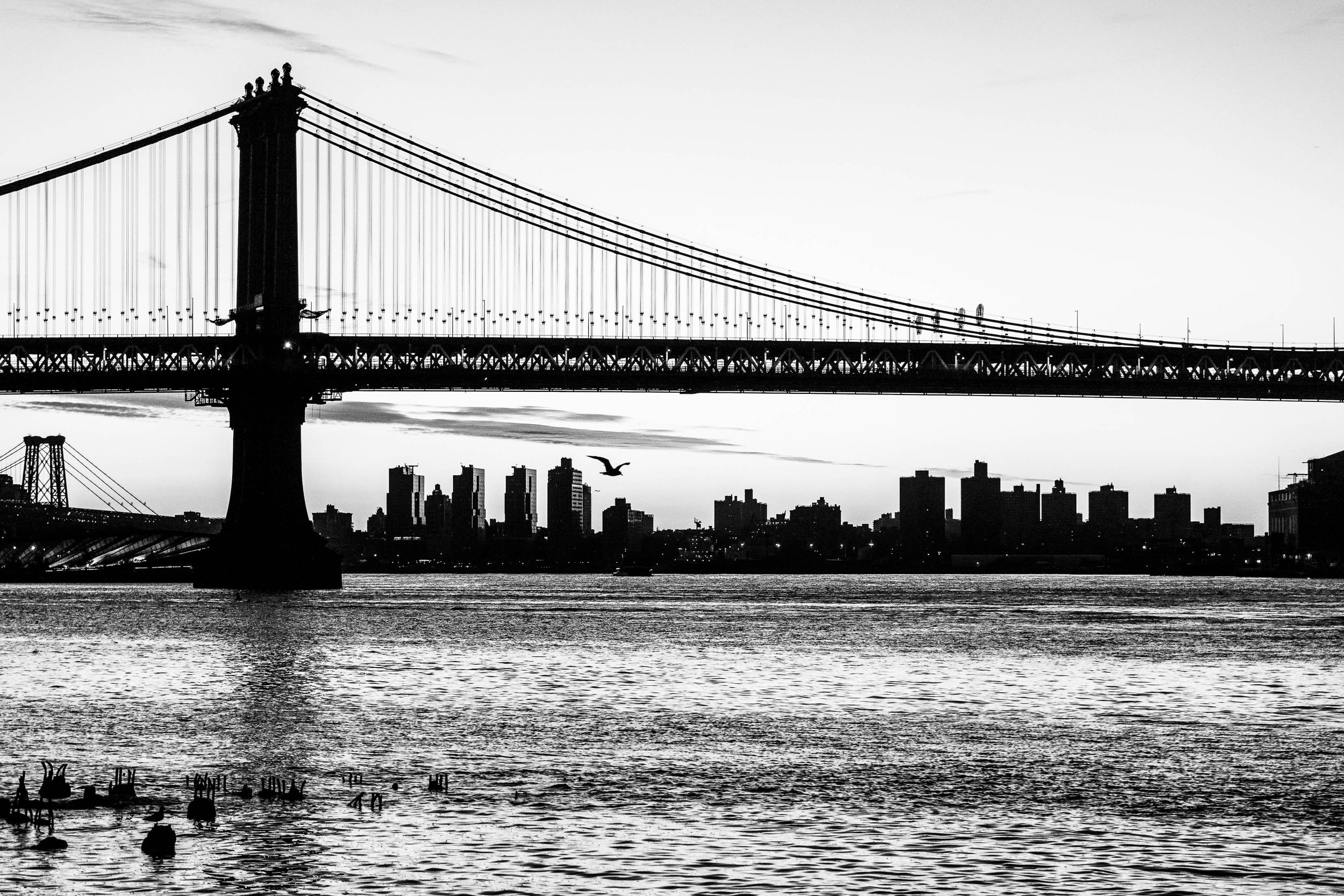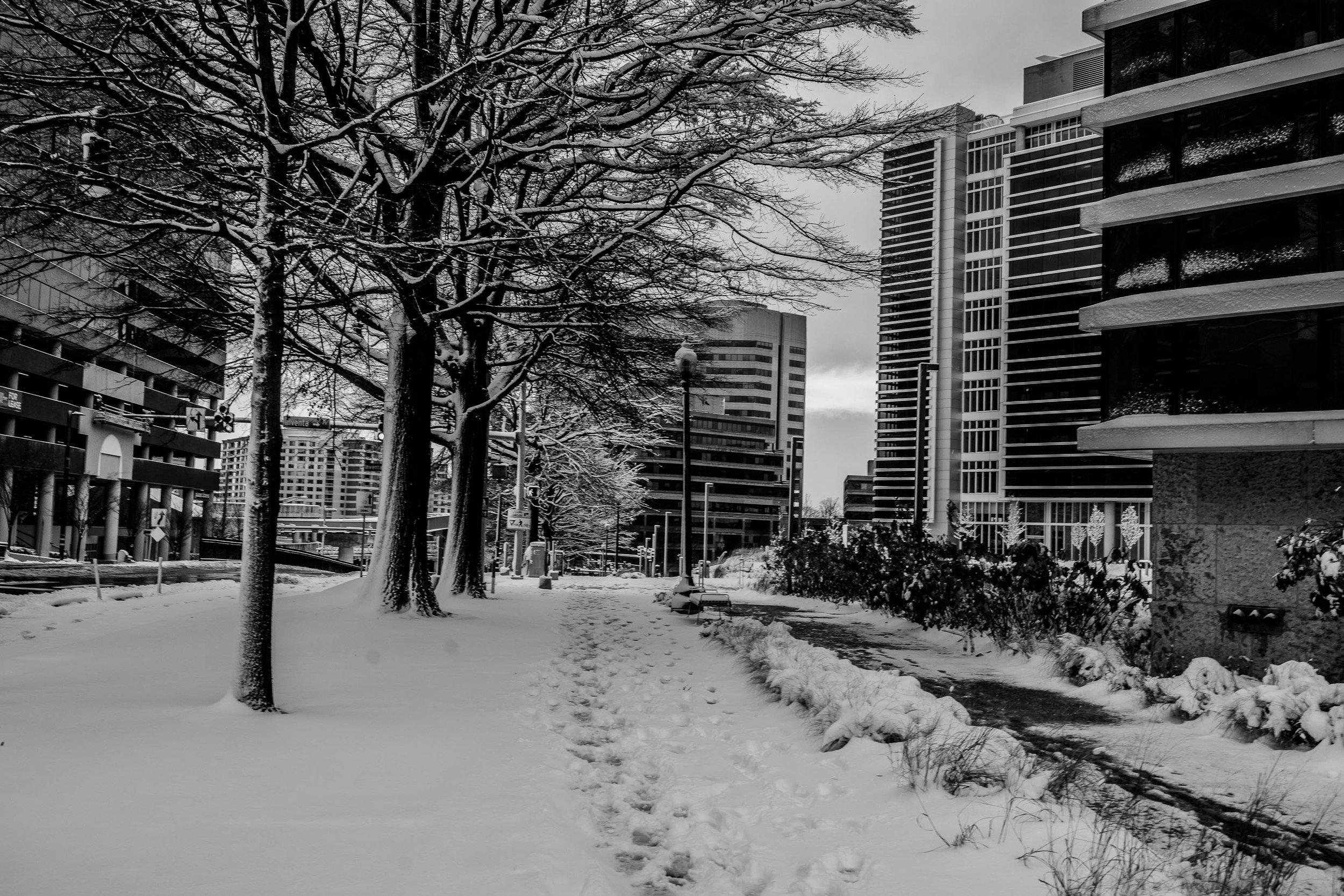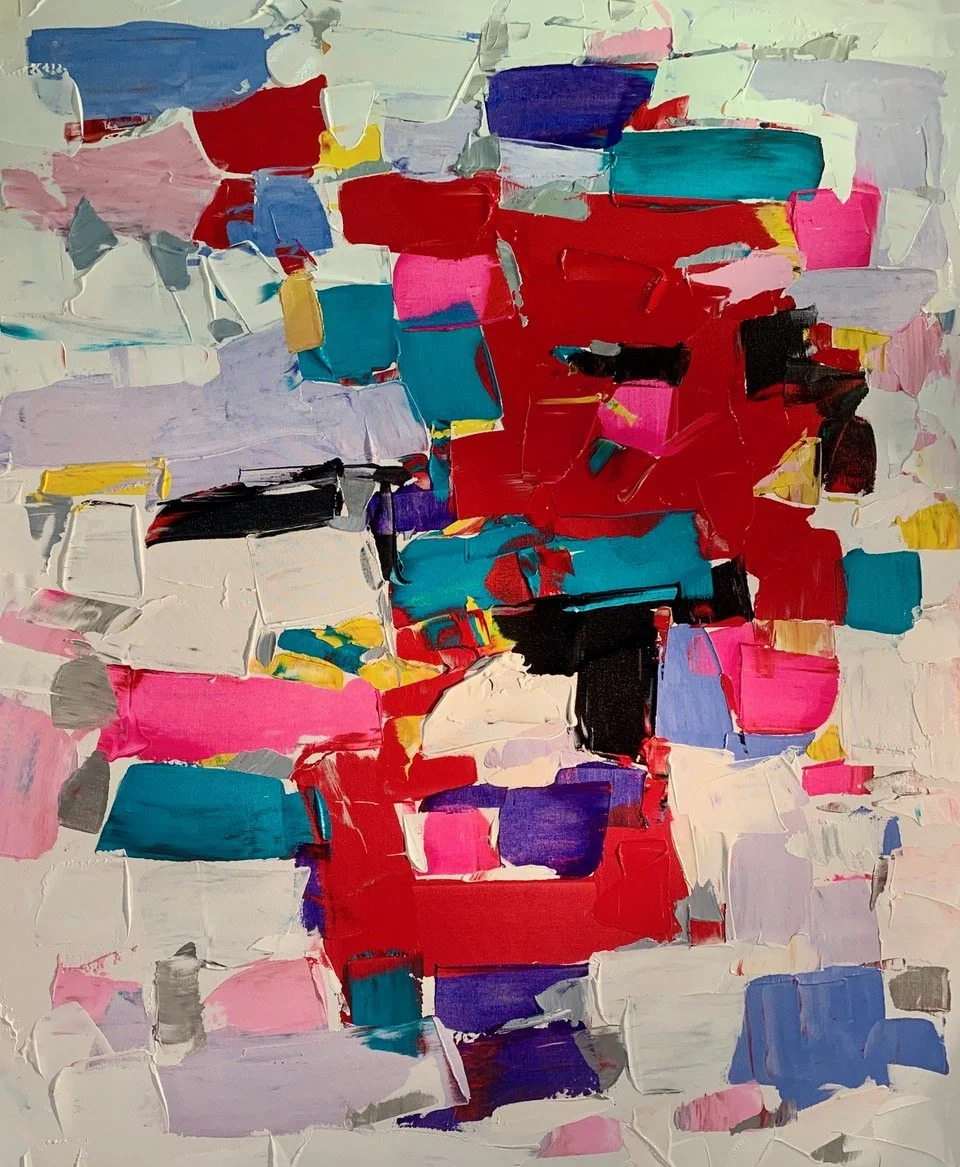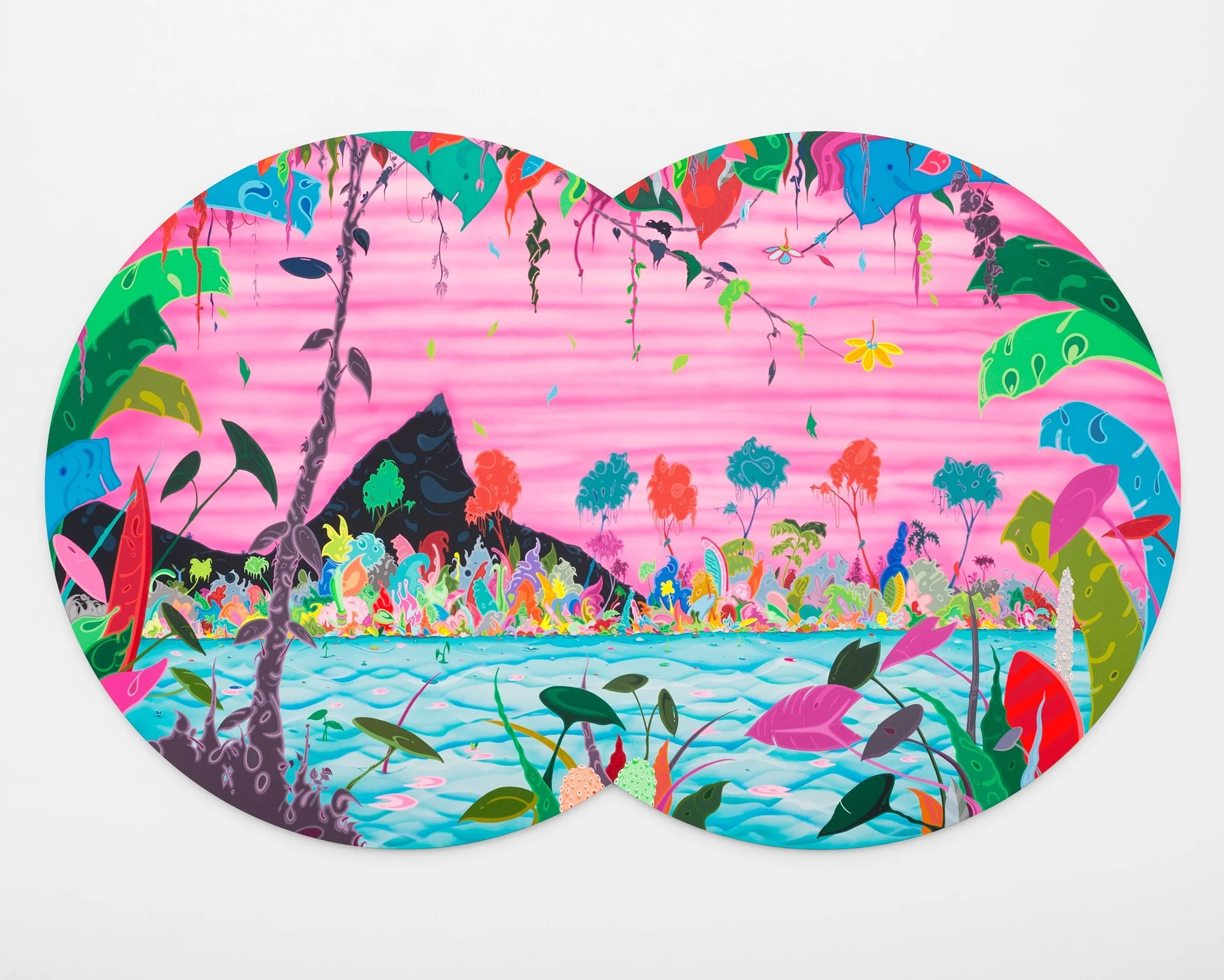Interview with Cheryle Galloway
Cheryle G. Galloway, born in Zimbabwe, is a US-based photographer. She has lived in South Africa and Brazil, before settling in the US. After completing a BA in Communication Science and becoming a mother, Cheryle was drawn to the visual art of photography as a medium for story-telling and interpreting her experiences. Through self-learning and participating in a series of Leica Akademie workshops, Cheryle’s work was surrounding nature, street and portraiture. During COVID, her work transitioned into self-portraiture allowing her to tell more personal stories; exploring issues of identity, gender and race. Some of this work was shown in a group exhibition in The Brick Lane Gallery in London. More recently, she has been returning to her love of street photography and the allure of being the unobtrusive observer. In her street work, Cheryle captures the quiet moments of intimacy, solitude and unspoken emotion which often go unnoticed in the tempest of daily life. Her work has been shown in Praxis Gallery, The Glasgow Gallery of Photography, the Los Angeles Center of Photography, M.A.D.S Art Gallery and Contemporary Venice 9th Edition.
How would you describe yourself and your artwork?
I am introspective and deeply curious about life and its meaning. I love to see quiet moments of humanity and connection. In my street photography, am drawn to the intimacy of an interaction, solitude and unspoken emotion which we often miss as we are so distracted by everything else going on in our lives. I am a visual artist using different photographic techniques to tell a story, such as street, nature, self-portraiture, interpretive landscape and still photography.
How do you go about beginning a new piece? Do you have an idea already in mind, or do you start working with materials or sketches to find the departure point?
It depends on what I am working on at the time. Street photography is a very instinctual practice. You can have an idea of what you want to photograph, but the outcome always surprises you as from one moment to the next, life is happening all around you. However, with the other artwork, I do in terms of self-portraiture, interpretive landscape or still photography, I always have an idea in mind which I want to explore. The ideas often come from something I have read, conversations or themes in conversations that keep coming up or a feeling I have about something I have experienced which I would like to investigate further. However, the way the process unfolds and the work can be very different from what one set out to create. I think for me, whether it is planned work or candid street, in both, there is some mystery and discovery which takes place.
When do you think your most prolific time of day or week is?
I wouldn’t say there is a specific time of day or week, photography is a deeply meditative process for me. I know once I pick up the camera it is for a couple of hours so I always dedicate a time of the week where I am totally free and can immerse myself fully, which is great if you have a lot of free time. However, this year I started taking my camera out while walking our dog with my son. It was the furthest thing from being quietly pensive and compelled me to be extremely focussed and present in the chaos of my child throwing snowballs at me and the dog bouncing around on the leash. I was able to get some amazing pictures and it was a lot of fun.
What is a barrier you as an artist overcame? Is there anything that enabled you to develop your work as an artist in your life?
A barrier I had to overcome is having confidence in myself as an artist and believing in my art. I used free online courses to teach myself how to use the camera, then decided to do more hands-on learning in photography workshops. It was very intimidating at first. The classes were full of men whose stories were very different to mine. Their dad’s had introduced them to photography when they were young or they had been photographing for over twenty years or had studied photography in university. I lacked a lot of confidence, even considering myself as a photographer or artist. I worked with a wonderful coach to uncover mental blocks and barriers and free myself from self-doubt and any disempowering beliefs. I now see value in my voice as an artist and sharing my work. During the early part of COVID, I took a self-portraiture workshop and it opened up so many new avenues of storytelling. The class was also full of so many women, each with a unique and amazing story to tell. Very few of them had “a traditional art background” and their work was truly inspiring.
Did you have an idea of what you wanted to create right from the beginning?
Yes. I wanted to photograph only black and white streets, nature and portraits of other people. It was great for producing work that was beautiful to look at, but the approach was detached and impersonal. It was more documenting what I saw, but experimenting with different photography techniques and colour as a storytelling device are tools that have helped expand my creativity and work. I can focus on more personal stories and explore issues such as gender, identity and race.
What is the meaning or creative inspiration for your work? We’re curious what the narrative or story is to what you are producing?
Photography, for me, is a way to tell stories, interpret my experience and make sense of the world. I imagine we are all asking ourselves questions about our humanity. My creative inspiration for my work is to connect to the core of each person’s humanity, whether it is that of the subjects in my work, the viewers or my own.
Besides your artworks, are there any other things in life that your voice as an artist may consider vital or valuable? What makes you joyful and creative, in other words?
Nature is so vital for bringing joy and clarity to me. When I go on long walks I am able to clear my mind or work out a piece of writing for an artist statement. Watching my son who loves to create scenes with his legos and photograph them with my iPad for animations. He is so spontaneous and plays around with his shots, without judging what he is doing as good or bad. It’s a good reminder for me to experiment, play and discover, without overthinking. Reading, meditation and staying active also are great sources for maintaining creativity.
Are there any exhibitions or places where people can see these beautiful creations in person soon? Anything on the horizon?
This year I am being represented by PAKS Gallery in Austria throughout 2022. I have some work on show at PAKS Gallery Vienna until March 3, 2022, in the exhibition, “New Contemporary. The unique world.” Future exhibits where my work can be seen in person are PAKS Gallery in Munich, March 9 to September 20, 2022, and PAKS Gallery by Castle Heidenreichstein, September 28 to December 21, 2022, the Modern Art Museum In Villa am Kaiserweg from September 3 to December 19, 2022, and the Carrousel du Louvre in October 2022 - the dates are to be confirmed. One can get the latest information from my website, Instagram or signing up for my newsletter as I am working on a few others before I can announce them.

















